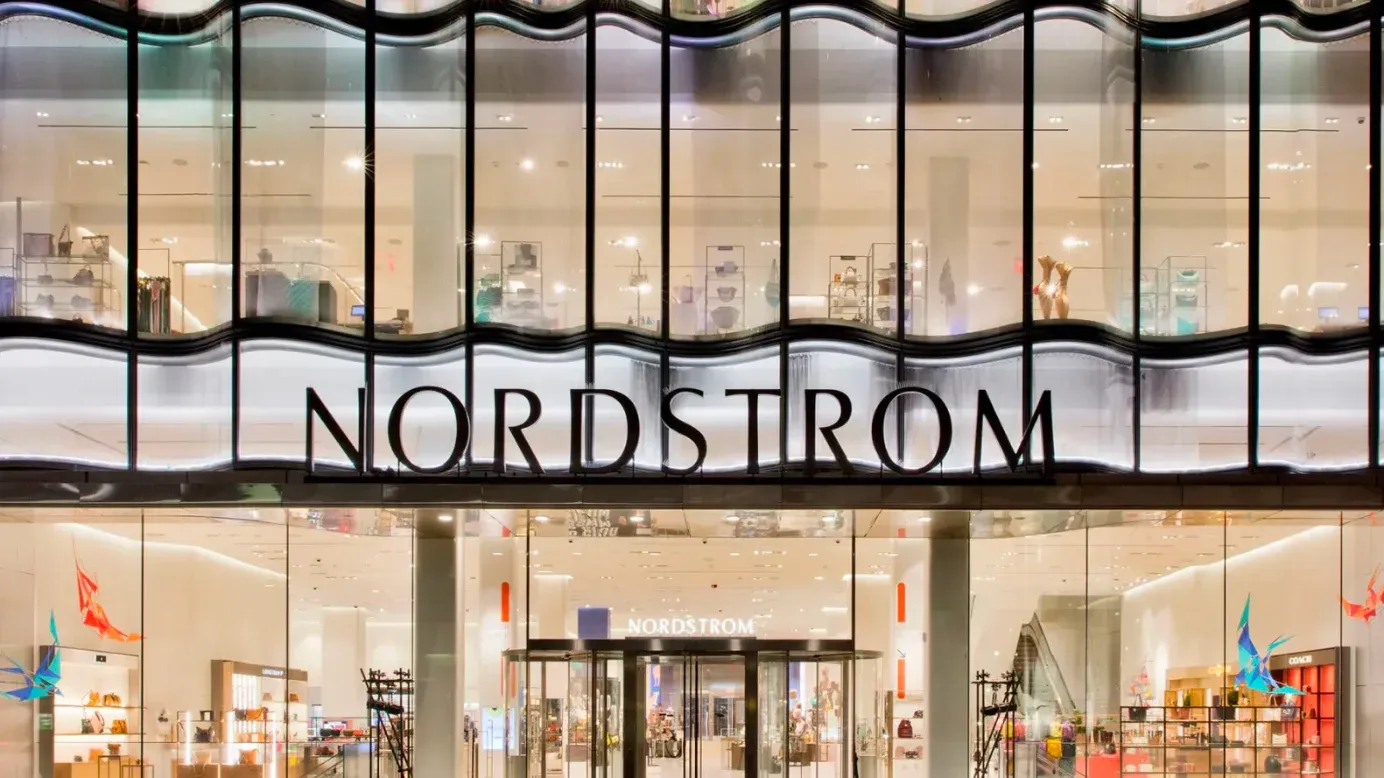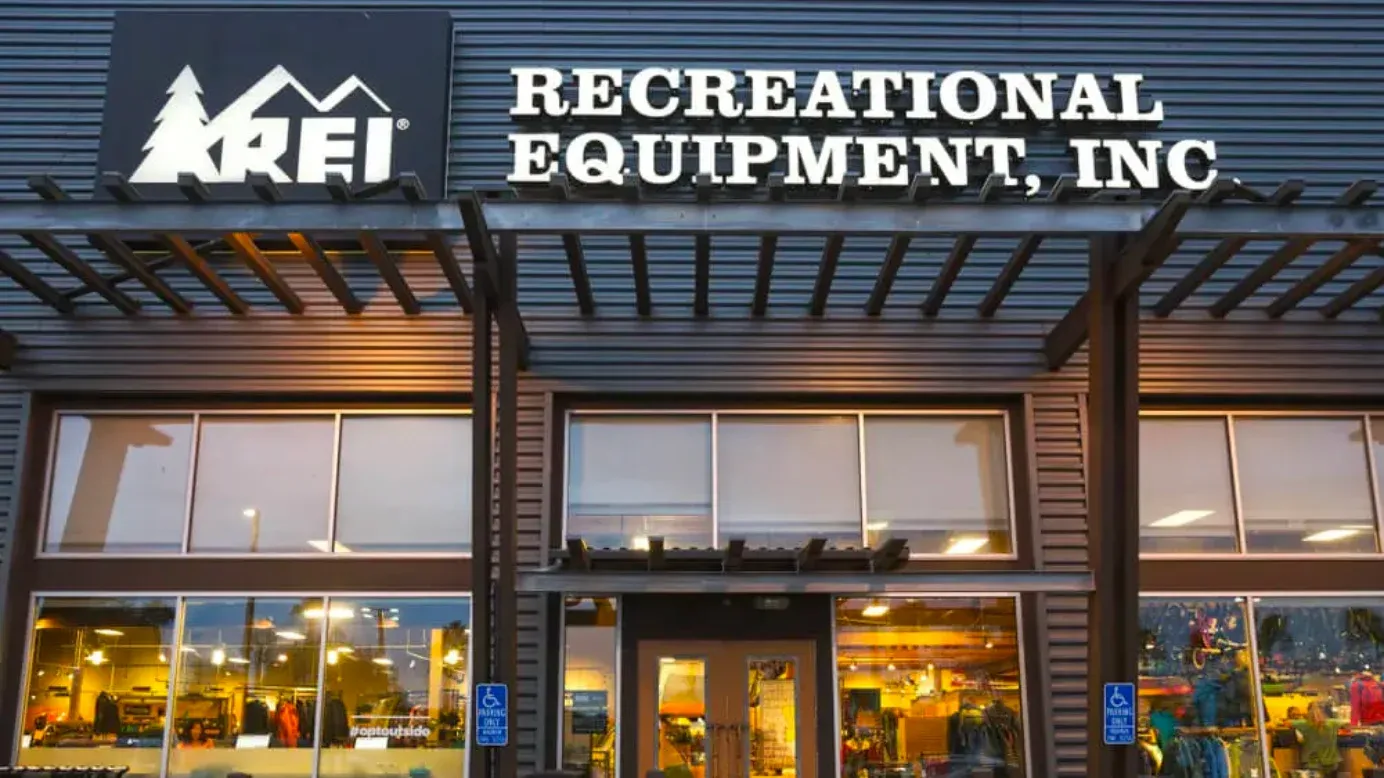Table of Contents
In the fast-paced world of retail, where competition is fierce and customer expectations are constantly evolving, businesses are constantly seeking innovative ways to drive sales and motivate their teams.
One effective strategy to achieve both goals is through commission structures that reward sales associates for their efforts and contribute to the overall success of the business.
Moreover, one Gartner reports suggests that every departing employee costs businesses nearly USD 19,000. Hence, making it even more important to motivate retail employees.
In this blog, we'll explore some creative retail commission ideas that can breathe new life into your sales strategy and keep your team motivated.
12 Retail sales commission ideas for 2024
Here are some retail sales commission ideas that you can consider implementing.
1. Tiered commission structure
Create a tiered commission structure where salespeople earn different commission rates based on their total sales volume within a specific time frame (e.g., monthly or quarterly). The more they sell, the higher their commission rate.
Example:
- 0-10% of target sales: 5% commission
- 11-20% of target sales: 7% commission
- 21% and above of target sales: 10% commission
Benefits:
- Motivates salespeople to strive for higher sales targets.
- Rewards consistent high performers with increased commission rates.
- Encourages healthy competition among sales team members.
2. Product-specific bonus
Introduce a bonus commission for selling specific products or product categories. This can be particularly effective if there are new or high-margin products you want to promote.
Example:
- Sell Product X: Earn an additional 3% commission on the sale of Product X.
- Achieve a certain target in a specific product category: Receive a one-time bonus of $500.
Benefits:
- Focuses the sales team on promoting specific products that align with the company's goals.
- Incentivizes salespeople to upsell or cross-sell targeted products.
- Can be used strategically to align with inventory management or promotional campaigns.
3. Gift card power-ups
Incorporate a gift card incentive into your commission structure. Allow salespeople to earn gift cards for reaching specific milestones, achieving outstanding performance, or consistently hitting targets. The gift cards can be for popular retail stores, restaurants, or other enticing options.
Example:
- Achieve 150% of monthly sales target: Receive a $50 gift card of your choice.
- Close the highest sales in a quarter: Earn a $100 gift card.
Benefits:
- Adds a tangible and personalized reward element to the commission structure.
- Gives employees the flexibility to choose a gift that suits their preferences.
- Enhances the overall employee experience by providing a variety of reward options.
4. Experience-based commission
Instead of traditional monetary incentives, offer salespeople the opportunity to earn unique experiences based on their performance. This could include spa days, concert tickets, adventure activities, or travel vouchers.
Example:
- Exceed quarterly sales targets: Enjoy a weekend getaway package.
- Achieve the highest sales in a specific product category: Receive tickets to a popular show or event.
Benefits:
- Provides memorable and experiential rewards that go beyond monetary compensation.
- Boosts morale by offering unique and personalized incentives.
- Creates a positive and motivating work environment.
5. Customer retention bonus
Encourage salespeople to not only focus on acquiring new customers but also on retaining existing ones. Implement a commission bonus for sales generated from repeat business or from customers who make frequent purchases.
Example:
- Generate sales from a returning customer within a specific period: Earn an extra 2% commission.
- Achieve a certain percentage of sales from repeat customers in a month: Receive a loyalty bonus.
Benefits:
- Fosters a focus on building long-term relationships with customers.
- Aligns sales efforts with the goal of customer loyalty and satisfaction.
- Can lead to increased customer lifetime value for the business.
6. Team-based performance pool
Create a shared commission pool where a percentage of each sale goes into a collective fund. At the end of a set period, the pool is distributed among the entire sales team based on overall team performance, fostering a sense of collaboration.
Example:
- 2% of each sale goes into the team performance pool.
- At the end of the quarter, the pool is divided among team members based on a weighted average of individual sales contributions.
Benefits:
- Encourages teamwork and collaboration among sales team members.
- Creates a sense of shared responsibility for the overall success of the team.
- Promotes a positive team culture and camaraderie.
7. Upselling and cross-selling bonus
Incentivize salespeople to upsell and cross-sell by offering a bonus for each successful upsell or cross-sell. This encourages them to focus not only on individual product sales but also on increasing the overall transaction value.
Example:
- Successfully upsell a higher-tier product: Earn a 5% bonus on the upsell amount.
- Cross-sell complementary products with the main purchase: Earn an additional 3% on the cross-sell amount.
Benefits:
- Boosts revenue by encouraging salespeople to maximize each customer interaction.
- Enhances the customer shopping experience by offering relevant additional products.
- Aligns with the goal of increasing the average transaction value.
8. Milestone achievement bonus
Set specific sales milestones or targets, and reward salespeople with a bonus when they achieve or exceed these milestones. This provides a sense of accomplishment and recognition for their hard work.
Example:
- Reach 150% of the monthly sales target: Receive a one-time bonus of $500.
- Achieve a certain number of sales within a quarter: Earn an additional 2% on all sales for that quarter.
Benefits:
- Motivates salespeople to strive for ambitious yet achievable targets.
- Recognizes and rewards consistent high performance.
- Boosts morale and engagement within the sales team.
9. Customer satisfaction bonus
Tie a portion of the sales commission to customer satisfaction metrics, such as positive reviews, feedback scores, or survey responses. Salespeople earn a bonus when customers express high levels of satisfaction with their purchase experience.
Example:
- Maintain a customer satisfaction score above 90%: Earn an additional 3% commission on total sales.
- Receive positive reviews from at least 90% of customers in a month: Get a bonus of $100.
Benefits:
- Encourages sales representatives to prioritize customer service and build positive relationships.
- Aligns sales goals with overall customer satisfaction and loyalty.
- Enhances the reputation of the business and contributes to repeat business.
10. Profit margin bonus
Introduce a commission structure based on the profit margin of each sale. Salespeople earn a higher commission rate for selling products with higher profit margins, motivating them to focus on items that contribute more to the company's overall profitability.
Example:
- Sell products with a profit margin above 30%: Earn a 8% commission on the sale.
- Achieve an average profit margin of 25% or higher for the month: Receive a bonus of 5% on total monthly sales.
Benefits:
- Aligns sales goals with the financial objectives of the business.
- Encourages strategic selling and consideration of product profitability.
- Rewards salespeople for contributing to the company's bottom line.
11. Community engagement bonus
Encourage salespeople to actively engage with the local community. Offer a bonus for sales generated through community events, partnerships, or local sponsorships. This not only drives sales but also enhances the company's presence in the community.
Example:
- Generate sales through a community event or partnership: Earn a 5% bonus on those sales.
- Secure a sponsorship deal with a local organization that leads to increased sales: Receive a one-time bonus of $200.
Benefits:
- Builds a positive brand image within the local community.
- Creates opportunities for networking and relationship building.
- Aligns sales efforts with community-focused initiatives.
12. Innovative product showcase bonus
Introduce a bonus for sales generated from newly launched or innovative products. This incentivizes salespeople to stay updated on product offerings and promotes the introduction of cutting-edge products to customers.
Example:
- Successfully sell a newly launched product: Earn a 5% bonus on the sale.
- Achieve a target for sales of innovative products within a specified period: Receive an additional 3% commission.
Benefits:
- Encourages salespeople to stay informed about the latest product offerings.
- Highlights the company's commitment to innovation and staying ahead of the competition.
- Creates excitement among customers about new and innovative products.
Real life examples of retail companies with innovative commission ideas
Here are real life examples of retail companies with innovative commission ideas.
1. Best Buy

Best Buy, a multinational consumer electronics retailer, offers a tiered commission structure based on sales performance. Sales associates earn a higher percentage of the sale as they reach and exceed specific sales targets. This motivates employees to push for higher sales figures, contributing to increased revenue for the company.
2. Zappos

Zappos, an online shoe and clothing retailer, takes a unique approach by offering team-based commissions. Instead of individual performance metrics, the company emphasizes teamwork. The entire team shares in the commission earned from reaching collective sales goals. This promotes collaboration among team members, fostering a supportive work environment.
3. Nordstrom

Nordstrom, a high-end department store, is well-known for its commissioned sales model. Sales associates earn a commission based on their individual sales performance. The more they sell, the higher their earnings. This structure incentivizes employees to provide excellent customer service and build lasting relationships with clients, as satisfied customers are more likely to make repeat purchases.
4. REI (Recreational Equipment, Inc)

REI, a specialty outdoor retailer, operates as a consumer cooperative (co-op). Instead of traditional sales commissions, REI shares its profits with employees through a profit-sharing program. Employees receive a percentage of the company's profits, fostering a sense of ownership and motivation to contribute to the company's overall success.
5. Warby Parker

Warby Parker, an eyewear retailer, takes a team-based approach to bonuses. Rather than individual commissions, the company offers bonuses based on team performance. This fosters a collaborative work environment where employees support each other to achieve collective goals. Team members share in the success of the entire group, creating a sense of camaraderie.
Conclusion
Incorporating creative retail commission ideas not only boosts sales but also injects a sense of excitement and motivation into your team. By aligning these incentives with your business goals and values, you can create a win-win situation where both your associates and your business thrive.
Experiment with different commission structures to find what works best for your unique retail environment, and watch as your team's performance reaches new heights.





